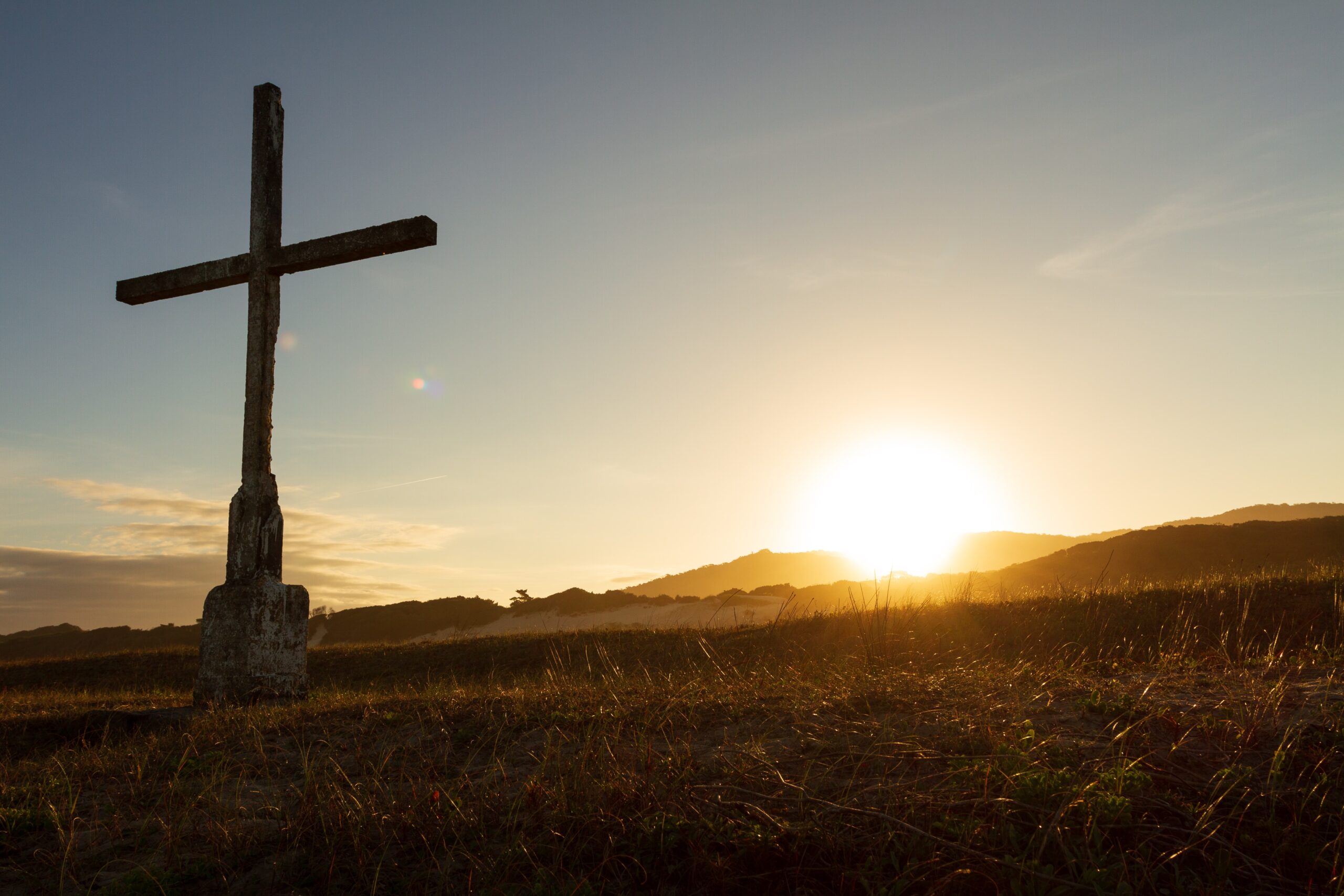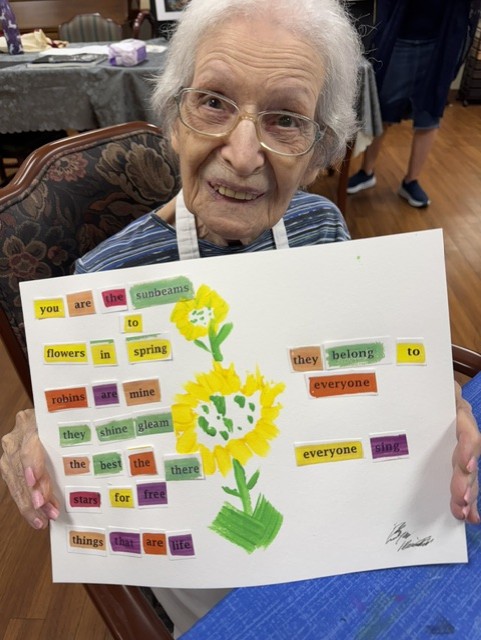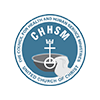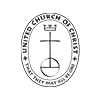Purchase College. I’m not encouraging you to buy a college. Purchase College is in – wait for it – Purchase, New York. Do not try to purchase New York, either. Purchase College is in the small community of Purchase, New York, near a Connecticut border.
On the Purchase College campus is the Neuberger Museum of Art. In a publication by Neuberger Museum of Art, rhythm is described as one of the seven basic principles of art.
The article defines pattern and repetition as elements which draw the eye toward a point of focus in art, then defines rhythm as a little of both.
We usually associate rhythm with sound, with music and dance; not so much with the visual arts. The Neuberger publication, however, declares that “rhythm creates an underlying beat that suggests movement or action in art” and then outlines five forms of such rhythm: alternating, flowing, progressive, random and regular.
But this article is about Lent, not purchasing a college or a state or critiquing rhythmic patterns in visual art.
There was a certain artful rhythm in the season of Lent. Back then.
Movement, alternating, flowing, progressing, moved us through Ash Wednesday’s imposition of ashes and references to dust and sackcloth, and the 46 days of Lent, which end just before Easter’s sunrise celebrations.
It was not a typo. I meant to say 46 days. We’ve been schooled to chant “the 40 days of Lent” to make the season conform to the 40 days Jesus spent in the wilderness. So we had to leave the Sundays out of the count!
Back then, the artful movement of Lent began on Ash Wednesday, settled into weekly mid-week worship times, and were marked by a less formal and sometimes more brief time of prayers, hymns and homilies than Sunday mornings.
Wednesday mid-week services gave way to Maundy Thursday worship during Holy Week, a solemn reenactment of the Last Supper and sometimes a service of Tenebrae – the extinguishing of candles.
Then Good Friday. Back then, I remember businesses closing from noon until three p.m. mirroring the first three hours of Jesus’ suffering on the crucifixion cross.
Oratorios or cantata versions of The Seven Last Words of Christ on the Cross were sometimes sung. Congregations throughout a community often collaborated to present three-hour long worship events, which required strategic rhythms of their own.
I remember sitting in a large music auditorium until my turn came. Clergy and choirs were each assigned one of the seven last words, or alternatively seven themes of the season. Moving participants smoothly out one side of the platform while a new set of worship leaders entered from the other side, required skillful timing.
Worshippers were usually encouraged to exit Maundy Thursday and Good Friday services in silence to enhance the experience of contemplation and continuing prayers.
Holy Saturday was time for shaking off the morose of Lent and Holy Week, until last minute shopping for Easter clothing and candies became the bridge to Easter morning’s glory.
The Lenten season flowed, progressed, as Neuberger Museum describes it, in an artful rhythm.
Back then. But change happens.
Today, Ash Wednesday is still in place – mostly. If we have time and happen to be in the neighborhood we can get our ashes at a drive-through. Three-hour services are gone and stores no longer close on Good Friday.
Thankfully there are still in place many symbols of the season. Artfully draped cloths cover crosses, hymns come from the hymnal section marked Lent, suggestions are made that we take on rather than give up something for Lent, prayers of confession and assurances of grace and pardon seem more pointed and personal in the season.
Two pieces of art in my small collection tie together our progression from Ash Wednesday to Easter for me.

The praying hands connect to Ash Wednesday’s introduction of a season for introspection, repentance, and petitions for grace and forgiveness. What makes it special for me is the thoughtfulness of the gift, alongside the work of a gifted artist member. He created a letterhead for the congregation featuring those same praying hands, and a certificate of citation with the text inscribed over a background of praying hands.
At the other “end” of our journey which begins with Ash Wednesday stands the flowered cross. The pilgrimage through Lent’s solemnity, the tenebrae of Maundy Thursday, and Good Friday crosses draped in black instead of Lenten liturgical violet, erupts with exhilaration when the cross is transformed from a symbol of cruel torture and inevitable death to an arms-wide-open invitation to celebrate God’s gift of new life, beauty and joy.

Delightful chatter and excitement filled the sanctuary as members and friends figured out how to fasten hundreds of blossoms to those wooden beams.
The grandest moment of all was not the moment we stood the cross upright, and stepped back amazed by its beauty. It was that two members noticed the young cerebral palsy stricken girl sitting in her wheelchair apart from the group. They quietly nudged others to make room, wheeled her close enough to the cross so she could reach both the cross and the trays of flowers. There was no hint of patronizing her when they said, “We NEED your help to put flowers on this cross!”
What better art could there be than the tearful joy on her face!
These days of Lent 2022 which history may record as a close call to the brink of global warfare, and the possibilities of nuclear annihilation, praying hands are where we must begin.
Sadly, when we see the praying hands of Durer used for marketing on coffee mugs, mobile phones, lids of laptop computers, and as a tatto on the leg of a multi-millionaire pop singer, we are vulnerable to the same scolding prophet Isaiah administered.
Read again Isaiah 58 to see how Isaiah chides us for showing off our ash-brushed foreheads while going about business as usual. Fasting and prayers must be preparation to loosen bonds of injustice, undo yokes, free the oppressed, share food with the hungry, bring the homeless into our own homes, clothe those in need of clothing, and not ignore our kin – our neighbors.
A commentator cautions us to be sure personal piety, prayers, fasts and corporate worship do not become wedges between them and our devotion to social justice.
The flowered cross reminds us that hovering over violence and sin is the promise repeated throughout scripture, that God will not allow death and evil to define the Creation and we do not walk the talk alone.
Isaiah declares: “ – fear not, for I am with you always.” (Isaiah 43:1) The Psalm poet counsels us to “fear not” even when we travel through shadowy ravines. Jesus instructs us disciples to remember “I am with you always, to the end of time. (Matthew 28:20)
Praying hands and flowered crosses show us The Way through valleys and hard places until we emerge by the still waters of peace designed by the Creator for the whole of Creation.
It is a season of beauty and rhythm. SHALOM!
View all articles by:






















